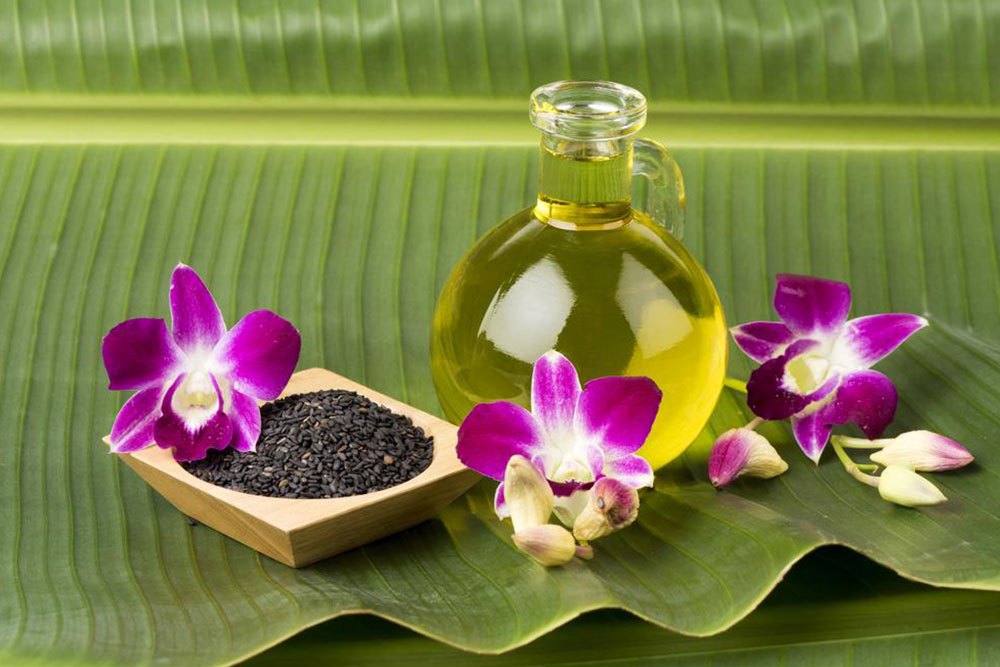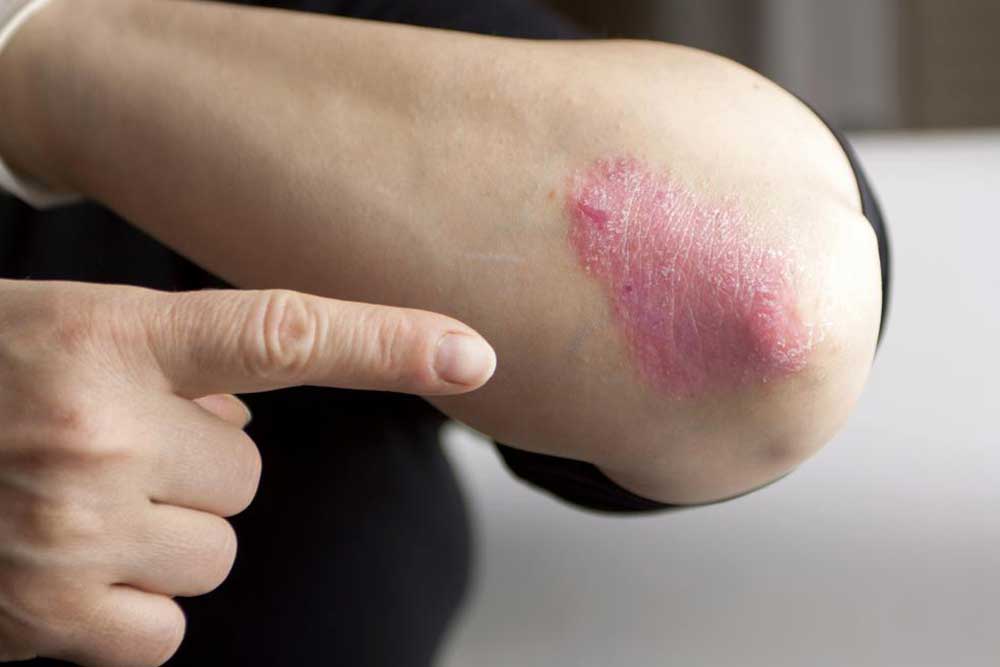Effective Natural Strategies for Managing Osteoarthritis Symptoms
Discover comprehensive natural strategies to manage osteoarthritis symptoms effectively. From gentle exercises and anti-inflammatory diets to temperature therapies and complementary treatments, learn how to improve joint health and reduce pain naturally. This detailed guide offers practical tips and insights to elevate your quality of life with osteoarthritis.

Effective Natural Strategies for Managing Osteoarthritis Symptoms
Osteoarthritis (OA) is a common degenerative joint disease that predominantly affects millions of individuals worldwide. Characterized by the gradual breakdown of joint cartilage, OA leads to pain, stiffness, swelling, and reduced mobility. Although there is no definitive cure for osteoarthritis, various treatment modalities—both conventional and natural—can significantly improve quality of life for those affected. This comprehensive guide explores natural approaches that can help alleviate osteoarthritis symptoms, support joint health, and promote overall well-being.
Understanding osteoarthritis involves recognizing its causes, risk factors, and how lifestyle modifications can play a crucial role in managing symptoms. While pharmacological treatments like analgesics and anti-inflammatory medications are often prescribed, many individuals seek additional relief through holistic and natural methods that complement medical therapies. These strategies not only aim to control pain but also focus on enhancing joint function and reducing inflammation naturally.
1. Emphasizing Regular Physical Activity and Maintaining a Healthy Weight
One of the foundational natural approaches to managing osteoarthritis is engaging in appropriate physical activity combined with effective weight management. Regular, gentle exercise helps to strengthen the muscles surrounding affected joints, increase flexibility, and improve joint stability. Activities such as yoga, swimming, water aerobics, and walking are particularly beneficial because they minimize joint stress while promoting movement.
Maintaining a healthy weight is vital since excess weight adds additional pressure to weight-bearing joints such as the knees, hips, and ankles. Studies consistently show that even modest weight loss can lead to substantial relief from OA symptoms and slow disease progression. Nutrition experts recommend working with a dietitian or physiotherapist to develop safe exercise routines tailored to individual health statuses. This personalized approach ensures that workouts are effective, safe, and sustainable.
Incorporating resistance and flexibility exercises enhances joint mobility and muscular support, reducing pain levels. Moreover, consistent activity can boost mood and energy levels, contributing to a holistic improvement in well-being. Always consult healthcare providers before starting new exercise routines to ensure they suit your specific condition and capabilities.
2. Adopting an Anti-inflammatory Diet for Better Joint Health
Diet plays a pivotal role in controlling inflammation associated with osteoarthritis. Consuming an anti-inflammatory diet rich in specific nutrient-dense foods can help modulate the body's inflammatory response. Key foods to include are leafy greens like spinach and kale, cruciferous vegetables such as broccoli, low-fat dairy products, garlic, seafood rich in omega-3 fatty acids like salmon and mackerel, citrus fruits, nuts, ginger, and turmeric.
These foods contain bioactive compounds that combat inflammation and promote cartilage repair. Conversely, it's advisable to limit or eliminate processed foods, refined sugars, alcohol, saturated fats, and trans fats, as they can exacerbate inflammation, worsen pain, and hinder recovery. Drinking plenty of water also supports joint lubrication and overall joint health.
Incorporating herbal supplements like turmeric and ginger, after consulting a healthcare provider, can provide additional anti-inflammatory benefits. A balanced diet not only alleviates current symptoms but also enhances overall health, boosts immune function, and supports the body's natural healing processes.
3. Utilizing Temperature Therapy for Immediate Relief
Temperature-based therapies are accessible, non-invasive methods to alleviate joint discomfort and stiffness caused by osteoarthritis. Applying heat or cold to affected areas can offer quick symptom relief and improve joint function.
Warm compresses or packs help relax tense muscles, ease stiffness, and improve blood circulation within the joint. Warm Epsom salt baths are especially popular because magnesium minerals are known for their anti-inflammatory properties and ability to promote relaxation. These baths can soothe sore joints and reduce muscle tension.
Cold therapy, such as cold packs or ice wrapped in a cloth, helps to diminish swelling and numb sharp pain. Cold application is particularly useful after physical activity or during flare-ups to control inflammation. Alternating between heat and cold therapies based on symptoms provides flexible relief and can prevent further joint deterioration.
Always practice caution so as not to cause frostbite or burns—limit application time to 15-20 minutes per session. Consulting healthcare professionals for guidance on temperature therapy usage can maximize benefits and safety.
4. Exploring Complementary Therapies for Enhanced Comfort
Beyond diet and physical activity, various complementary therapies can further support osteoarthritis management. These include massage therapy, acupuncture, and chiropractic care, all of which aim to enhance circulation, reduce stiffness, and promote relaxation.
Massage therapy performed by trained professionals can boost blood flow, relieve muscle tension around affected joints, and foster a sense of well-being. Regular massages can also help break the cycle of pain and stiffness, making daily activities more manageable.
Acupuncture, a traditional Chinese medicine practice, involves inserting fine needles into specific points on the body. Numerous studies suggest that acupuncture can reduce OA-related pain and improve joint function when performed by qualified practitioners.
Additionally, physical therapy modalities such as ultrasound or TENS (Transcutaneous Electrical Nerve Stimulation) may complement natural strategies. It's essential to work with healthcare providers to develop an integrated plan tailored to individual needs.
5. Leveraging Lifestyle Changes and Mind-Body Practices
Adopting a holistic approach to osteoarthritis involves lifestyle adjustments that promote overall health and resilience. Stress management techniques such as mindfulness meditation, tai chi, and deep breathing exercises can reduce pain perception and improve mental well-being.
Getting adequate sleep is crucial, as restful sleep allows the body to heal and regenerate tissues affected by osteoarthritis. Avoiding smoking and limiting alcohol intake also contribute to better joint health, as these factors can increase inflammation and hinder recovery.
Incorporating these mind-body practices not only helps manage symptoms but also enhances quality of life by fostering a positive outlook and reducing stress-related exacerbations of pain.
Conclusion
While osteoarthritis remains a chronic condition with no definitive cure, a comprehensive, natural approach can significantly alleviate symptoms and improve daily functioning. Combining gentle physical activity, a nutritious anti-inflammatory diet, temperature therapies, and complementary treatments creates a robust strategy for managing joint health. Always consult healthcare professionals before initiating new therapies or making significant lifestyle changes to ensure safety and personalized care.
By embracing these natural methods, individuals with osteoarthritis can take proactive steps towards pain relief, increased mobility, and enhanced overall well-being, leading to a more comfortable and active life.





